A Dermatologist’s Tips for a Rosacea-Friendly Skincare Routine | Expert Talks
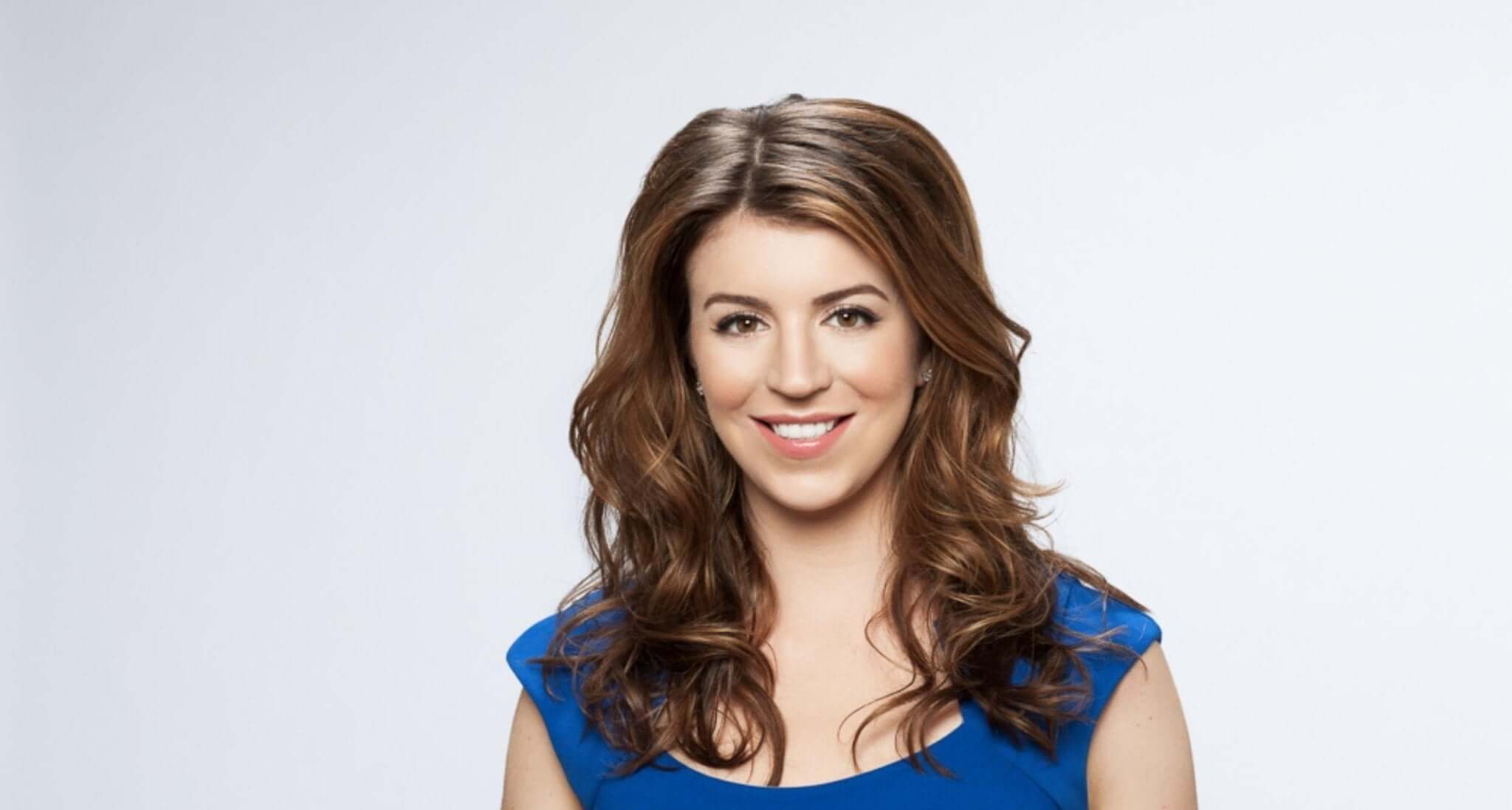
Dr. Katie Beleznay is a leading practitioner of medical and cosmetic dermatology. Dr. Beleznay is a board certified dermatologist in both Canada and the United States, and practices in Vancouver, B.C. She completed her medical training and dermatology residency at the University of British Columbia and is a Clinical Instructor with the UBC Department of Dermatology. Dr. Beleznay is fellowship trained in laser and cosmetic dermatology, and has a special interest and focuses her research in the areas of injectables, laser and light-based therapy, acne and rosacea.
What drew you into dermatology and what do you love most about your job?
I would say that I somewhat serendipitously came into the field of dermatology. As a medical school student I happened to take on a research project where I ended up working with a dermatologist. I feel so lucky to have chosen the path that I did because being a dermatologist allows me to treat such a variety of conditions, to help people feel better about themselves, and on the cosmetic side as an injector to be able to combine both art and science to deliver the best possible results for my patients.

What does a typical work day for you look like?
As I mentioned, one of the things I enjoy about dermatology is all the different skin conditions I treat and therefore a “typical” day includes a lot of variety! I am typically in the clinic between 7 - 8 am and may see up to 40 patients in a day. Sometimes I barely have time to stop and eat my lunch! But the most important thing is that I am spending time with each patient and not only trying to help to address whatever brought them into my office, but also to build a personal connection with them.
What is rosacea and what are some things that can cause an individual to have this skin condition?
Rosacea is a chronic skin condition that affects millions of people. The exact cause is unknown and is likely multifactorial. What we do know is the onset of rosacea is typically after age 30, with symptoms appearing as redness or blushing that comes and goes initially. Over time, the redness tends to become persistent, and visible blood vessels may appear. In severe cases the nose may grow swollen and bumpy from excess tissue, called rhinophyma. The severity of rosacea can vary significantly from one person to another. Many people with rosacea have a history of blushing or flushing. This is often the earliest sign of the condition.

For those who have rosacea, what is the most important step(s) of their skincare routine for them to focus on and why?
The key to caring for skin affected by rosacea is to treat it gently. I recommend using a mild skin cleanser and products that are non-drying and free of alcohol or astringents. When washing your face, do not scrub, rinse with lukewarm water and pat dry. It is a good idea to moisturize your skin and use a sunscreen (SPF 30 or higher) every day.
Skincare aside, a number of lifestyles factors may cause rosacea to flare up. Some common triggers thought to affect rosacea include hot and cold weather extremes, sun exposure, mental stress, and hot or spicy food and drinks. These triggers vary from person to person, so it is important to find out which ones make your rosacea symptoms flare up. This can help you to better manage your condition by avoiding things that can potentially aggravate your skin.

When looking at the ingredient lists of skincare products to treat rosacea, what ingredients should we avoid?
Anything abrasive on the skin should be avoided. Patients with rosacea may need to avoid mechanical or beaded exfoliants, alcohol-based cleansers or toners, or chemical exfoliants like salicylic or glycolic acid for example. And while dermatologists often recommend retinoids, these can also be too irritating on the skin for those with rosacea. The challenge is that frequently people mistake rosacea, particularly the papulopustular variant, for acne and may use treatments that will dry out the skin and can further aggravate their rosacea.
Which ingredients are beneficial for calming down rosacea flares when they occur?
Generally I would suggest moisturizing the skin, specifically products containing ceramides or hyaluronic acid can help to repair the skin barrier and may be of benefit. But often if someone is suffering from more than mild rosacea they may need prescription treatments to help deal with flare ups.

When do you know it’s time to see a dermatologist, and what types of treatments are available for this condition?
Over the counter treatments for rosacea may not be that effective, particularly for the more severe subtypes. If the condition is resistant to over-the counter treatments and progressive then definitely consider seeing your doctor. Prescription oral and topical medications are often used to treat the bumps and pimples associated with rosacea. Treatments with lasers, intense pulsed light or other medical and surgical devices may also be used to remove visible blood vessels, reduce extensive redness or improve disfigurement of the nose
Where can we find you?
Instagram: @drkatiebeleznay
Website: www.katiebeleznay.com
If you liked this interview, you might like our recent interview with Dr. Renee Beach on the differences between a day and night skincare routine!
- Tags: rec1:dew-drops-mushroom-hyaluronic-acid-vitamin-c-serum rec2:radiance-grape-stem-cell-squalane-day-cream Skin Education
2 comments
-
ipuorgit on
] Inifarepe njp.aaub.threeshipsbeauty.com.sno.dy http://slkjfdf.net/
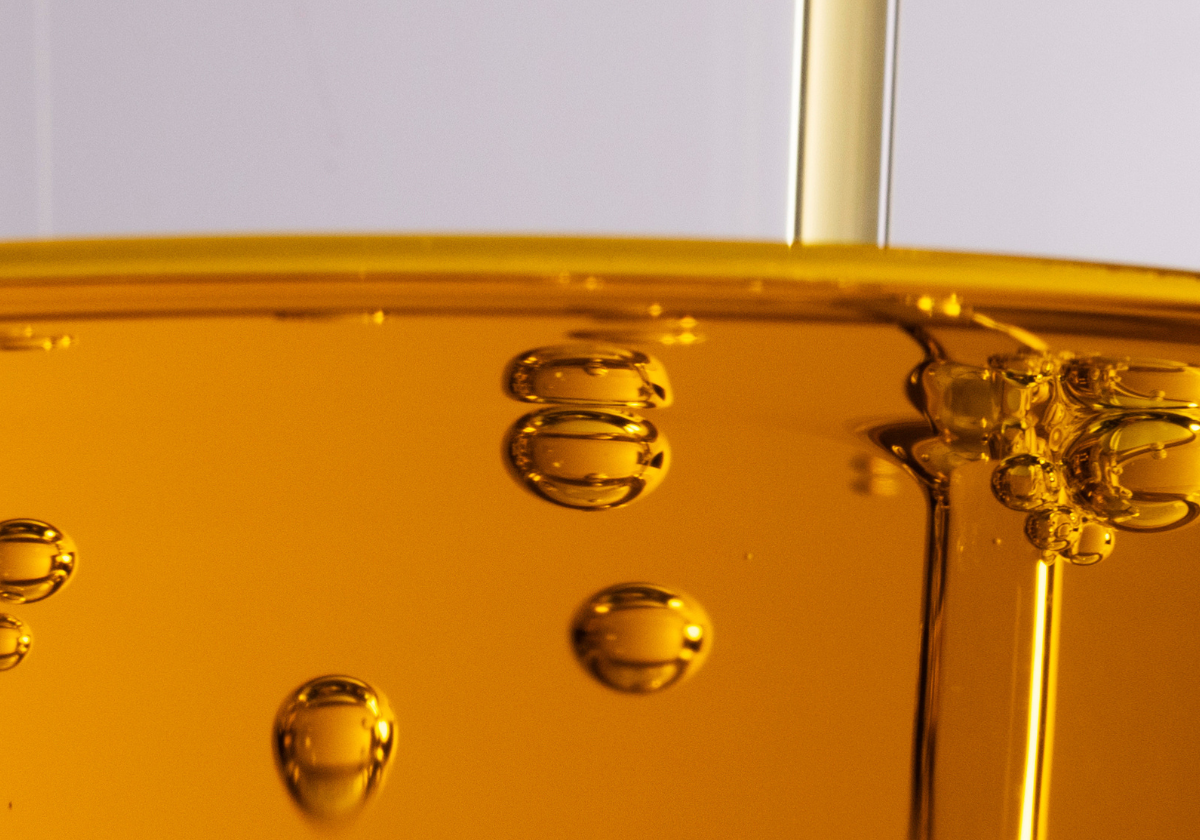
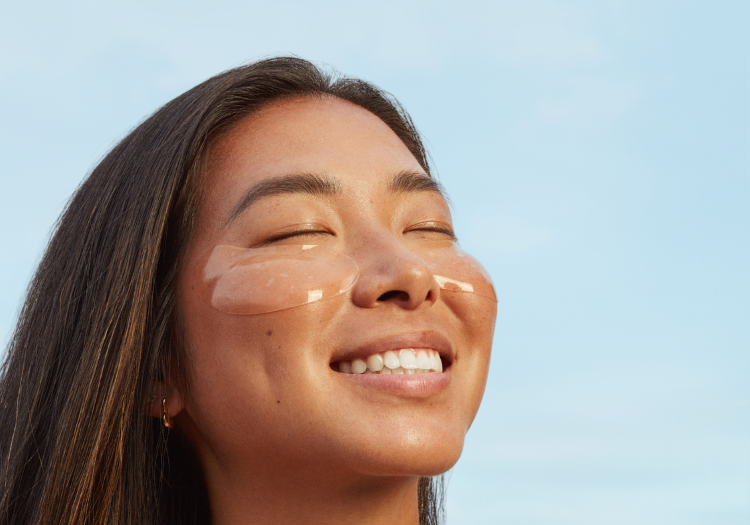
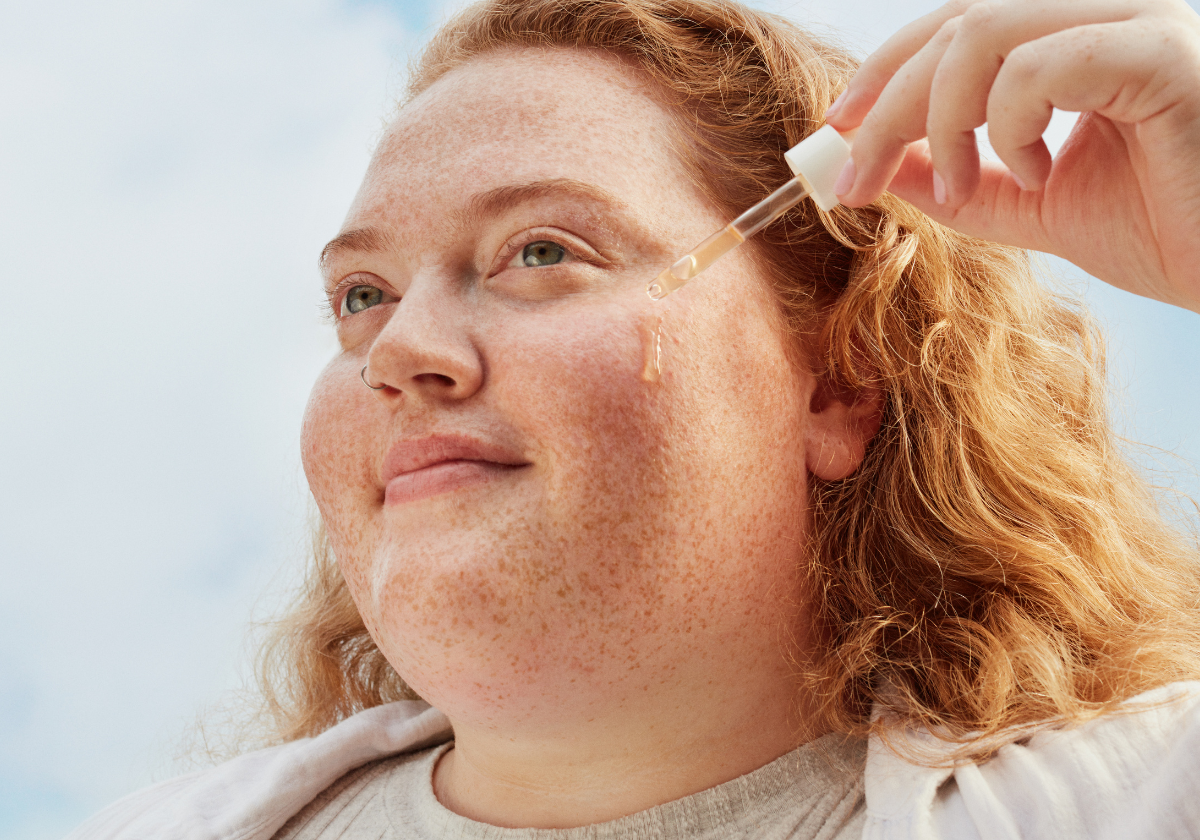
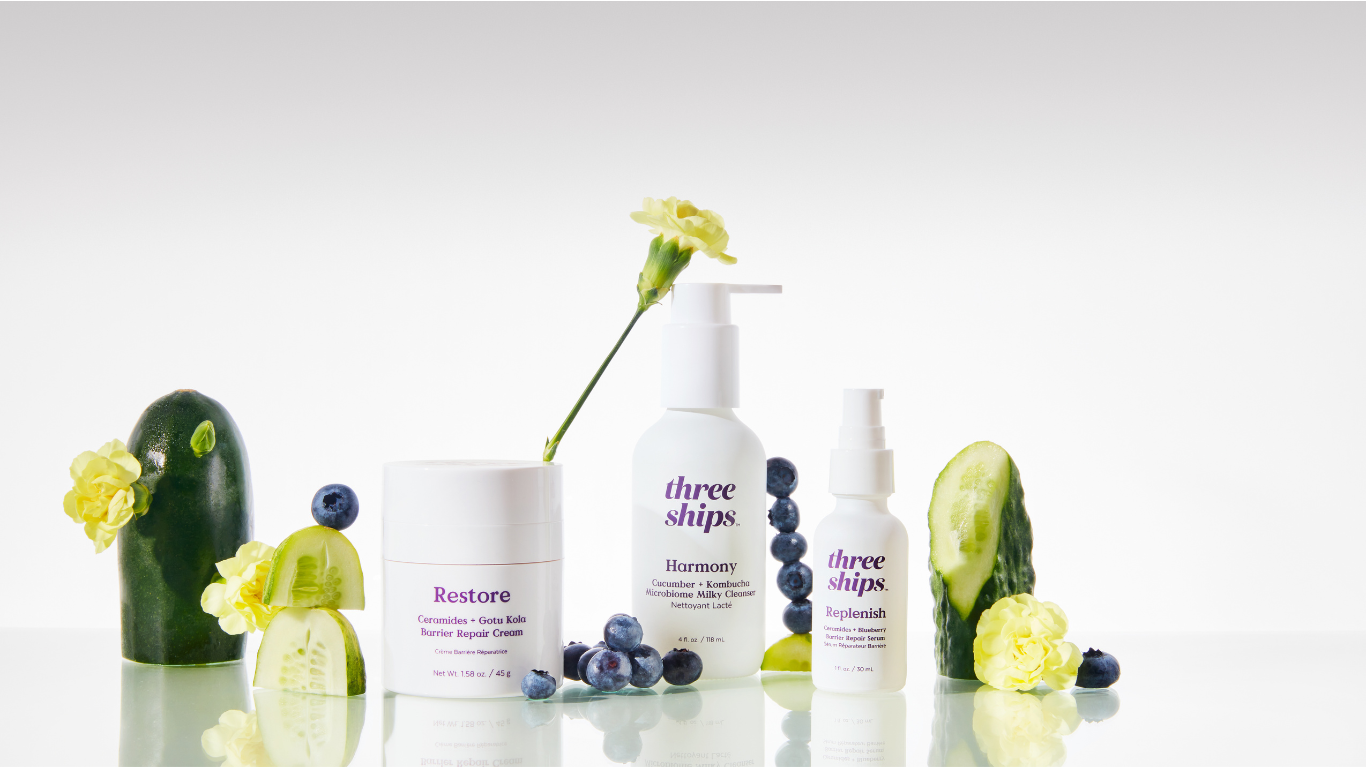


Healthy circulation plays a big role in overall skin health. That’s why vein and skin treatments are essential for those struggling with visible veins. By improving blood flow and removing unwanted veins, these procedures help promote healthier, more radiant skin.